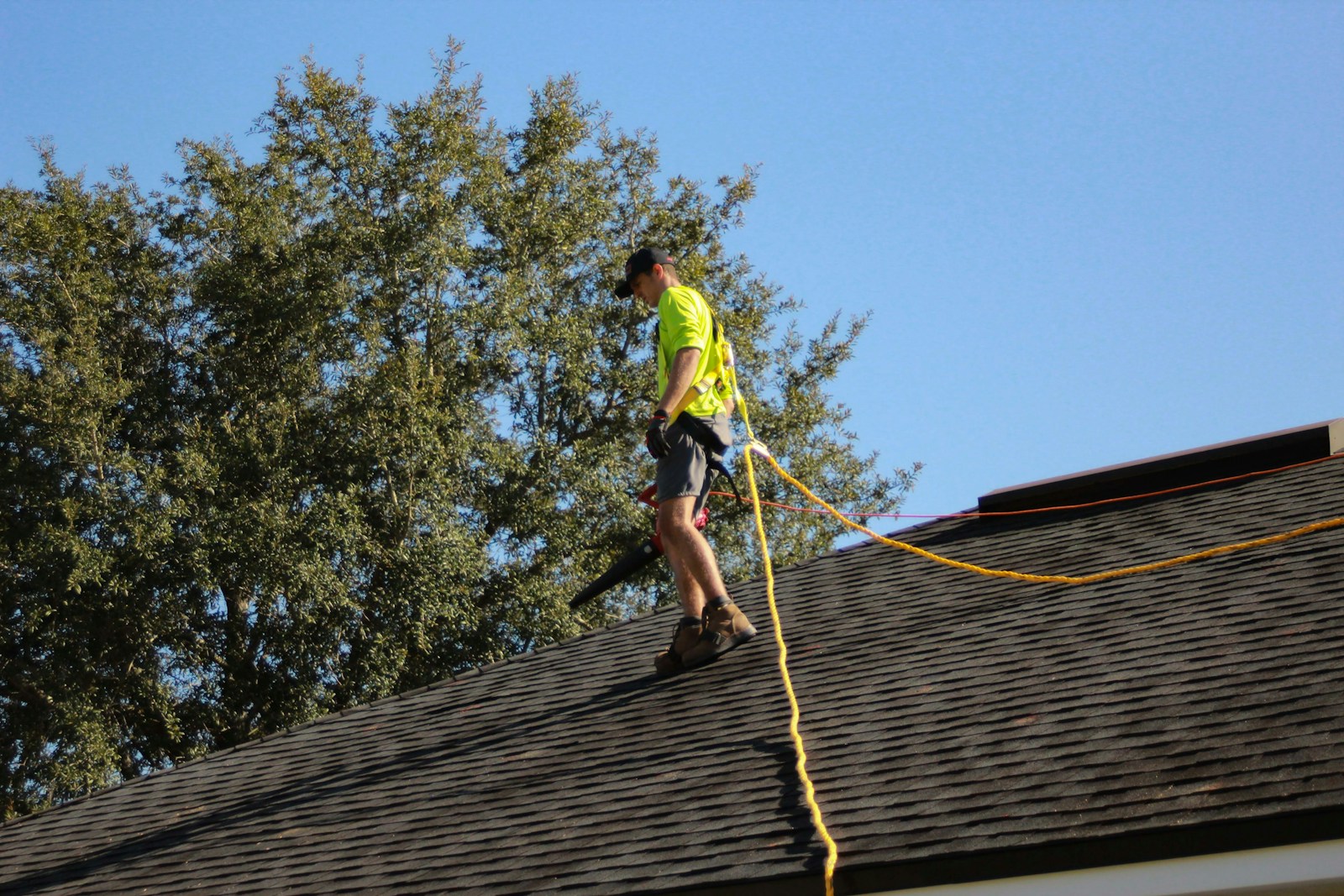Choosing the right roof material is a critical decision for any homeowner or builder. The roof not only protects the home from the elements but also contributes significantly to its aesthetic appeal, energy efficiency, and overall value. With numerous roofing materials available on the market—each with distinct advantages and drawbacks—selecting the best one requires careful consideration of several factors including climate, budget, durability, style, and maintenance needs. If you need help deciding then roof contractors near Delta Ohio can help.
1. Consider the Local Climate
The climate in your area plays a major role in determining the best roofing material. For instance, in regions with heavy rainfall or snowfall, a durable, waterproof material such as metal or slate is ideal. In hot, sunny climates, reflective materials like clay tiles or white membrane roofing can help keep the home cool by deflecting sunlight. Areas prone to high winds or hurricanes may benefit from impact-resistant materials such as asphalt shingles rated for extreme weather.
2. Evaluate Durability and Longevity
Different roofing materials have varying life spans. Asphalt shingles, one of the most common options, typically last 15 to 30 years. In contrast, metal roofs can last 40 to 70 years, while slate and clay tiles may endure for over a century with proper care. While longer-lasting materials often come with a higher initial cost, they can be more cost-effective in the long run due to fewer repairs and replacements.
3. Factor in the Cost
Budget is a practical concern for most homeowners. Asphalt shingles are generally the most affordable upfront, making them popular for many residential projects. Metal roofing is more expensive, but it can offer long-term savings due to its durability and energy efficiency. High-end materials like slate and tile may cost significantly more, both in terms of materials and installation, but they add considerable value and appeal to a property.
4. Match with Your Home’s Aesthetic
The appearance of your roof should complement the architectural style of your home. For traditional homes, slate, tile, or wood shakes can provide a classic, timeless look. Modern homes might pair well with sleek metal roofing or flat membrane options. Color and texture also matter—many manufacturers offer a variety of finishes and hues to match or contrast with the rest of your exterior design.
5. Assess Maintenance Requirements
Some roofing materials require more upkeep than others. For example, wood shingles and shakes need regular treatment to resist moisture and pests, while metal and asphalt options are generally low-maintenance. Understanding how much time, effort, and money you’re willing to invest in maintenance can help narrow down your options.
6. Consider Environmental Impact
Environmentally conscious homeowners may want to consider sustainable roofing options. Metal roofs, for instance, are often made from recycled materials and are fully recyclable at the end of their lifespan. Green roofs, which are covered in vegetation, offer insulation and reduce stormwater runoff. Solar shingles are also gaining popularity, combining energy production with roofing.
Choosing the right roofing material involves balancing aesthetics, durability, climate suitability, cost, and maintenance needs. There’s no one-size-fits-all answer, but by considering your specific circumstances and consulting with roofing professionals, you can make an informed decision that will protect and enhance your home for years to come. A thoughtfully selected roof not only shelters your home—it also adds lasting value, character, and peace of mind.
